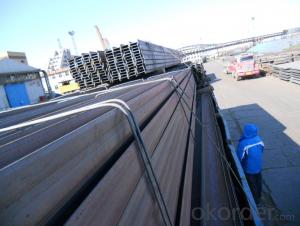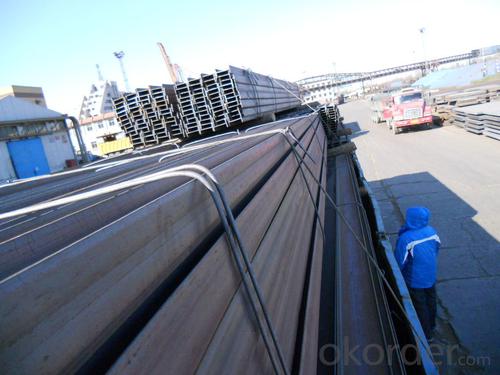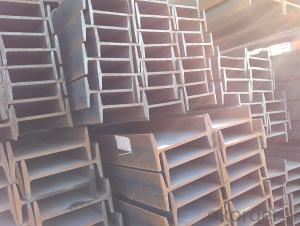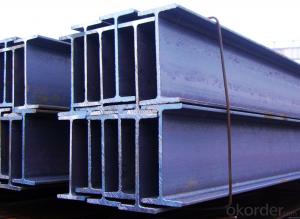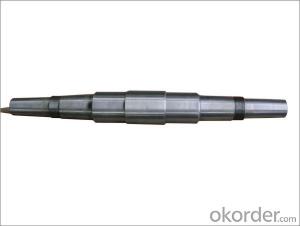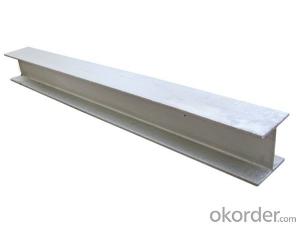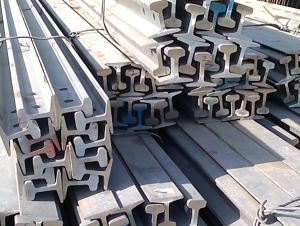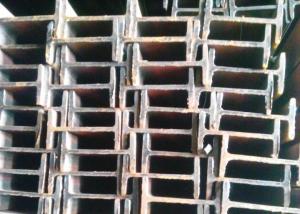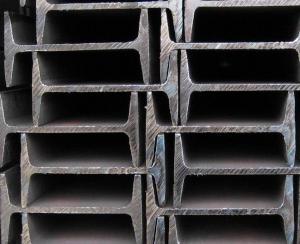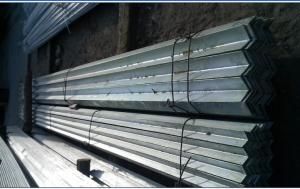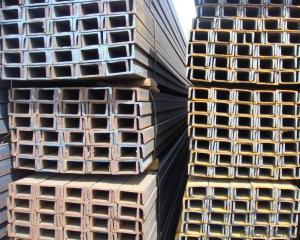MS Hot Rolled Low Carbon Alloy Steel IPEAA
- Loading Port:
- China main port
- Payment Terms:
- TT OR LC
- Min Order Qty:
- 100 m.t.
- Supply Capability:
- 10000 m.t./month
OKorder Service Pledge
OKorder Financial Service
You Might Also Like
Specification
Product Description:
OKorder is offering MS Hot Rolled Low Carbon Alloy Steel IPEAA at great prices with worldwide shipping. Our supplier is a world-class manufacturer of steel, with our products utilized the world over. OKorder annually supplies products to African, South American and Asian markets. We provide quotations within 24 hours of receiving an inquiry and guarantee competitive prices.
Product Applications:
MS Hot Rolled Low Carbon Alloy Steel IPEAA are ideal for structural applications and are widely used in various building structures and engineering structures such as roof beams, bridges, transmission towers, hoisting machinery and transport machinery, ships, industrial furnaces, reaction tower, container frame and warehouse etc.
Product Advantages:
OKorder's MS Hot Rolled Low Carbon Alloy Steel IPEAA are durable, strong, and wide variety of sizes.
Main Product Features:
· Premium quality
· Prompt delivery & seaworthy packing (30 days after receiving deposit)
· Can be recycled and reused
· Mill test certification
· Professional Service
· Competitive pricing
Product Specifications:
Manufacture: Hot rolled
Grade: Q195 – 235
Certificates: ISO, SGS, BV, CIQ
Length: 6m – 12m, as per customer request
Packaging: Export packing, nude packing, bundled
| IPE AA | ||||
| Designation | H×B | Tw | Tf | Weight (kg/m) |
| IPE 100 AA | 97.6x55 | 3.6 | 4.5 | 6.72 |
| IPE 120 AA | 117x64 | 3.6 | 4.8 | 8.36 |
| IPE 140 AA | 136.6x73 | 3.8 | 5.2 | 10.05 |
| IPE 160 AA | 156.4x82 | 4 | 5.6 | 12.31 |
| IPE 180 AA | 176.4x91 | 4.3 | 6.2 | 14.94 |
| IPE 200 AA | 196.4x100 | 4.5 | 6.7 | 17.95 |
| IPE 220 AA | 216.4x110 | 4.7 | 7.4 | 21.19 |
| IPE 240 AA | 236.4x120 | 4.8 | 8 | 24.89 |
FAQ:
Q1: Why buy Materials & Equipment from OKorder.com?
A1: All products offered byOKorder.com are carefully selected from China's most reliable manufacturing enterprises. Through its ISO certifications, OKorder.com adheres to the highest standards and a commitment to supply chain safety and customer satisfaction.
Q2: How do we guarantee the quality of our products?
A2: We have established an advanced quality management system which conducts strict quality tests at every step, from raw materials to the final product. At the same time, we provide extensive follow-up service assurances as required.
Q3: what is the difference between actual weight and theoretical weight?
A3: All the section steel has two weights: actual weight and theoretical weight. Actual weight is the weighing out when the product delivered from the mill. Theoretical weight is calculated by pieces. The invoice can be based on each of them as your request.
Images:
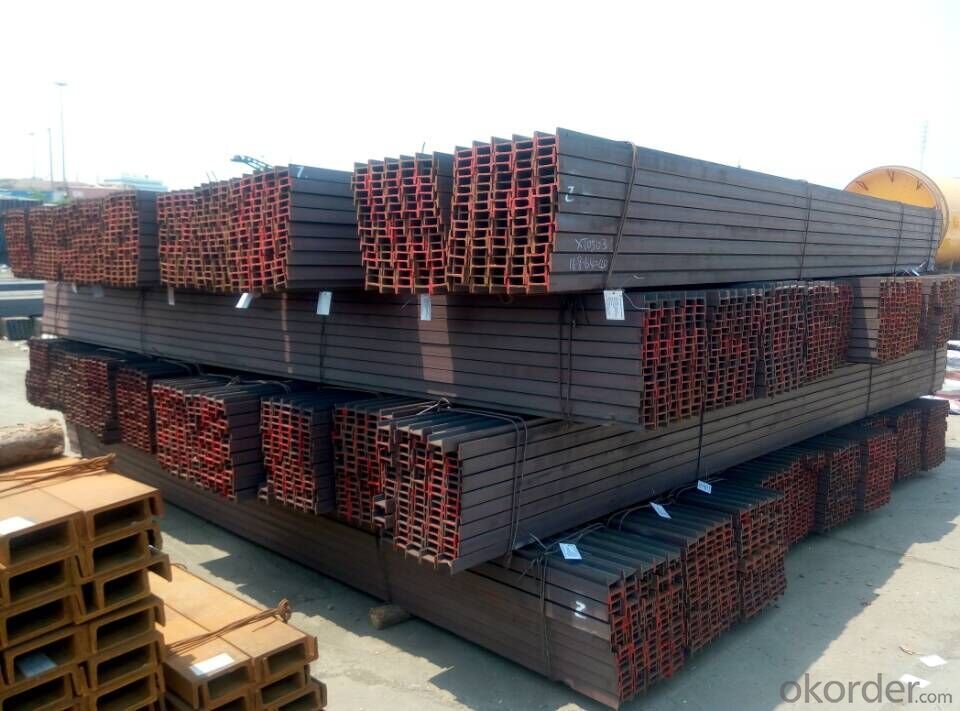
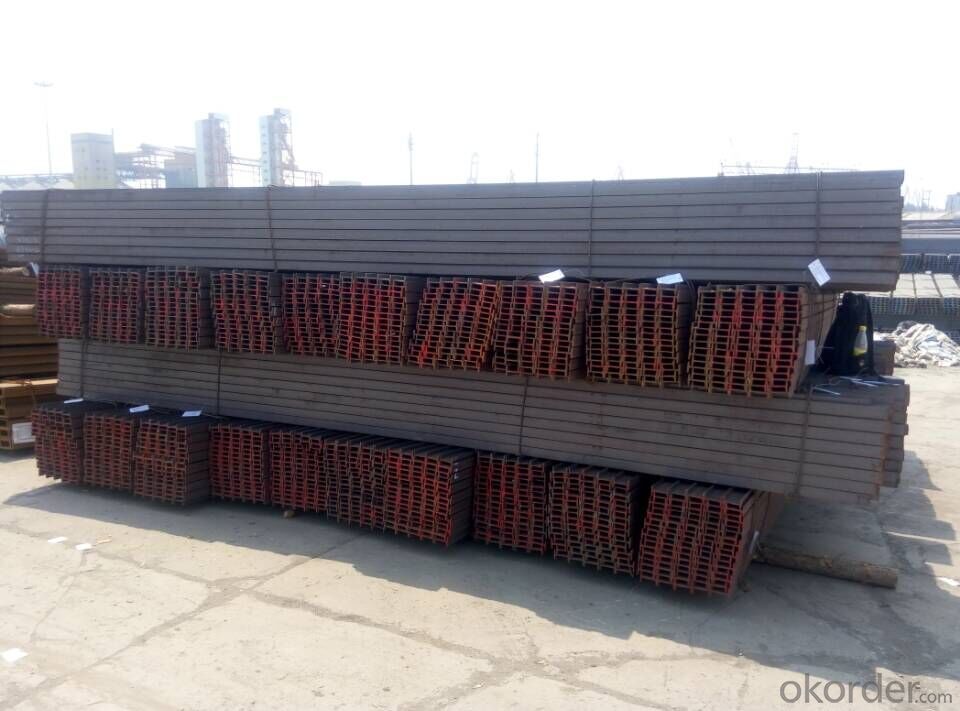
- Q: What are the different types of steel I-beam connections for mezzanine floors?
- Mezzanine floor construction often utilizes various steel I-beam connections to ensure structural stability and safety. Common types of connections include: 1. Bolted Connections: This widely used method involves connecting steel I-beams with bolts. It offers a strong and reliable connection that can be easily dismantled if needed. 2. Welded Connections: Welding is a popular technique for creating a solid and permanent joint between steel beams. While providing excellent strength and rigidity, it requires skilled labor and specialized equipment. 3. Cleat Connections: Cleats, or steel plates, are employed to connect I-beams. These cleats are bolted or welded onto the beams, offering a secure connection. Cleat connections are preferred when accessing the underside of the mezzanine floor is limited. 4. Moment Connections: Designed to withstand bending moments and shear forces, these connections are used in situations with heavy loads or dynamic forces. Additional plates or brackets are welded or bolted onto the I-beams to enhance their structural performance. 5. Bracket Connections: These connections are commonly used to connect the mezzanine floor to the existing building structure. Specialized brackets are bolted or welded to both the steel beams and the supporting structure, providing stability and even load distribution. To ensure the appropriate steel I-beam connection for your specific project, consult a structural engineer or professional mezzanine floor installer. They will consider factors such as load requirements, building codes, and safety regulations to select and install the most suitable connection method.
- Q: How do steel I-beams compare to concrete beams in terms of strength?
- In terms of strength, steel I-beams surpass concrete beams. The strength-to-weight ratio of steel is greater than that of concrete, meaning it can bear heavier loads with less material. This is particularly significant in construction, where engineers strive to maximize a building's structural efficiency. Steel I-beams undergo precise manufacturing to meet specific specifications, ensuring consistent strength and load-bearing capacity. They can endure high levels of tension and compression, making them ideal for supporting heavy loads and resisting structural deformations. Additionally, steel possesses excellent ductility, allowing it to bend without breaking, thereby enhancing its overall strength and resilience. On the contrary, concrete beams have their own merits. Although not as strong as steel, concrete exhibits exceptional resistance to fire, making it a popular choice for fireproofing in buildings. Moreover, concrete beams display good resistance to weathering and can withstand harsh environmental conditions better than steel. Nevertheless, when considering strength alone, steel I-beams outshine concrete beams due to their higher strength-to-weight ratio and superior load-bearing capacity.
- Q: Can steel I-beams be used for column supports?
- Indeed, column supports can make use of steel I-beams. Steel I-beams are extensively employed in construction projects to provide structural support, particularly as column supports. Their exceptional load-bearing capacities and renowned durability make them an ideal option. Steel I-beams ensure structural stability and can withstand substantial loads, thus making them perfect for column supports in various structures and buildings. Moreover, steel possesses fire-resistant properties, further enhancing its suitability for use in column supports.
- Q: Can steel I-beams be used for mezzanines?
- Indeed, mezzanines can utilize steel I-beams. In the realm of construction, steel I-beams are widely employed due to their robustness and endurance. They furnish exceptional structural reinforcement and possess the capacity to endure substantial burdens. Given that mezzanines function as intermediate floors between primary floors, it is crucial to secure them with a reliable and solid support system to guarantee safety and stability. Steel I-beams are the perfect solution for this application as they furnish the requisite strength and rigidity to sustain the added weight of the mezzanine structure, which encompasses individuals, furnishings, and equipment. Furthermore, steel I-beams can be effortlessly tailored and crafted to meet specific design prerequisites, rendering them a sought-after choice for erecting mezzanines in industrial, commercial, and residential edifices.
- Q: What are the common connections details for steel I-beams?
- The common connection details for steel I-beams include welding, bolting, and using various types of connectors such as clevises, gusset plates, and end plates. These connection methods ensure that the I-beams are securely joined together to form a strong and rigid structural system.
- Q: What are the independent foundations of the square column and the I-beam column?
- The only difference is: because the steel structure to form a rigid or hinge connected by anchor bolt connection independent foundation.
- Q: Do steel I-beams have any aesthetic applications in architecture?
- Yes, steel I-beams can have aesthetic applications in architecture. While they are primarily used for structural purposes due to their strength and load-bearing capabilities, they can also be incorporated into the design of a building to create a visually appealing and modern aesthetic. Steel I-beams can be exposed, allowing their sleek and industrial appearance to become a feature of the architectural design. This can be particularly effective in contemporary and industrial style buildings where the raw and rugged aesthetic of steel is desired. Additionally, the use of steel I-beams can create open and expansive interior spaces, allowing for large, uninterrupted spans and creating a sense of openness and modernity. Overall, steel I-beams can be used creatively in architecture to not only fulfill structural requirements but also add aesthetic value to a building's design.
- Q: How are steel I-beams protected against UV radiation?
- To safeguard steel I-beams from UV radiation, a common practice is to apply a protective coating or paint. This application creates a barrier that shields the steel surface from harmful UV rays, thus avoiding direct exposure. This coating is specially formulated to withstand UV degradation and retain its protective qualities for an extended period. Furthermore, apart from its UV resistance, the coating may offer additional advantages such as corrosion prevention and enhanced visual appeal. The choice of coating depends on the specific usage and environmental factors. To maintain the coating's effectiveness and address any signs of wear or harm, regular maintenance and inspections are crucial.
- Q: How do you reinforce a steel I-beam?
- One way to reinforce a steel I-beam is by adding steel plates or angles to the flanges of the beam. These additional members are typically bolted or welded to the existing flanges, increasing the overall strength and load-carrying capacity of the beam. Additionally, steel plates can be welded along the web of the I-beam to provide additional stiffness and resistance against bending or buckling.
- Q: Can steel I-beams be used in government or municipal buildings?
- Government or municipal buildings can indeed utilize steel I-beams. Due to their strength, durability, and ability to bear heavy loads, steel I-beams are widely employed in construction. They provide essential structural support and are commonly found in the construction of tall buildings, bridges, and other massive structures. Considering that government or municipal buildings are typically designed to accommodate large crowds and serve crucial purposes, the use of steel I-beams can offer significant advantages. These beams ensure a high level of stability, thereby guaranteeing the safety and longevity of the structure. Moreover, steel is an environmentally friendly and sustainable material, making it a suitable choice for government and municipal buildings aiming to adhere to green building standards.
Send your message to us
MS Hot Rolled Low Carbon Alloy Steel IPEAA
- Loading Port:
- China main port
- Payment Terms:
- TT OR LC
- Min Order Qty:
- 100 m.t.
- Supply Capability:
- 10000 m.t./month
OKorder Service Pledge
OKorder Financial Service
Similar products
Hot products
Hot Searches
Related keywords
